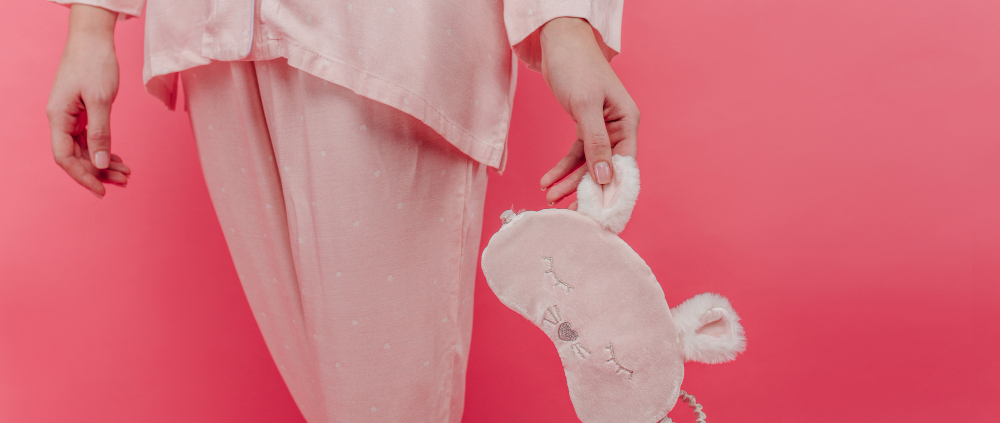Homewear and Sleep: How the Right Materials Help You Sleep Better
A good night’s sleep isn’t just about a comfortable bed or pillow – it also depends on what you wear to bed. The right homewear and pajamas can greatly influence how your body regulates temperature, manages moisture, and relaxes overnight.
How fabric affects your body
During sleep, body temperature naturally drops to promote rest. If your pajamas trap heat or moisture, your body struggles to cool down, disrupting deep sleep cycles.
-
Cotton is soft and breathable – great for moderate climates, though it absorbs moisture slowly.
-
Linen excels in summer, wicking away sweat and letting air circulate freely.
-
Merino wool is perfect for winter, insulating warmth without overheating.
-
Bamboo and silk are smooth, antibacterial, and naturally cooling.
Breathability and comfort
Loose-fitting, lightweight fabrics allow air to circulate and movement to remain free. Tight synthetic clothes trap heat and can cause restlessness. Choose garments that “breathe” with your body rather than sealing it in.
Gentle on the skin
Natural fibers reduce the risk of irritation and allergies, especially for sensitive skin. Synthetic blends often cause sweating or itching, which disrupts rest.
Sleep quality and recovery
Studies have shown that maintaining an optimal body temperature during sleep improves recovery and overall well-being. Pajamas that support thermoregulation help the body reach deep sleep phases faster, enhancing mental and physical restoration.
Conclusion
The right homewear acts as a partner to your body’s natural rhythm. Choose natural, breathable fabrics to help your skin and temperature stay in harmony throughout the night. You’ll fall asleep faster, sleep deeper, and wake up truly refreshed.



